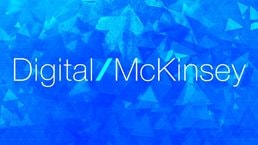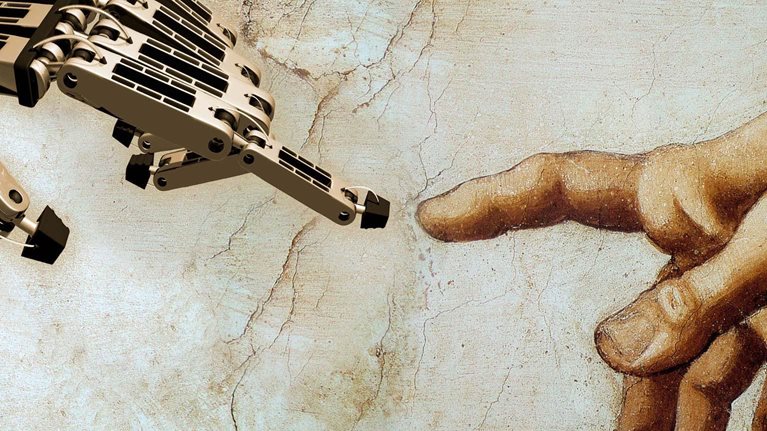Embedding digital capabilities within an organization involves more than adding technology in a piecemeal fashion—it requires the company itself to become a digital engine. In this interview, McKinsey principal Edwin van Bommel explains what’s needed for companies to rapidly transform, how digitization has changed the customer relationship, and the single digital capability that matters most. An edited transcript of his remarks follows.
Interview transcript
What it takes to deliver rapid results
The number-one issue companies are facing is the speed of change and the transformation this requires. Many companies typically have at least one success case, but to really turn this into a whole new way of working is very tough. If you’re an incumbent, you’re typically very silo-oriented. You may have some of the experts, but not all of them, and if you do, they’re quite dispersed. The challenge is pulling it all together into one integrated machine and becoming even more customer-oriented.
You need two things to deliver rapid results: focus and talent. Focus, for me, means really setting transformation as a target and applying test-and-learn to make it happen—so, not thinking in terms of ten or twenty years, but focusing on making things happen now. Talent is also crucial. Companies typically already have talent, but it might be hidden somewhere. In order to build the talent you have and fill your talent gaps by actively going outside the market, you need to be fast. These people are super rare, so the earlier you start, the better.

Would you like to learn more about our Digital Practice?
The three Ds of customer engagement
Companies in the digital world need to have three things in place to engage with their clients: discovery, design, and delivery. You need all three because you want to have this integrated humming machine that performs better each time. Discovery is about continuously looking at the data. We want to find out what more we can learn about the customer, how we can do better in interactions, and also use the feedback from the client. Design is about translating that into a process. How will we approach the customer? How will we will we create an engagement so that the customer buys something in the end? Delivery is completely focused on creating this continuous-improvement machine. What are the KPIs, and how are we going to measure them?
The one capability that matters most
The one overarching capability you need is to have people who really understand the customer and what the customer wants, and who will take end-to-end responsibility for the customer experience. That’s quite a rare capability. In a company you typically see orientation around a product, not so much an end-to-end customer orientation. Discovery is where you really have the analytical talent and capability. Everything that has to do with data and data capabilities is also part of the discovery. Data is often quite dispersed and badly defined. So having people who know how to clean it up and make it accessible is as crucial as the analytics.
Design is very tough. There’s a lot of digital waste in the world. Many things are being launched and not being used. For me, a good design is something that is desirable and really enhances the life of a customer. It needs to be something the customer wants.
On the other side is a more internal but also very important variable, which is that it needs to be feasible. So you need to be able to create it and manage it yourself. A good design fits all these criteria.


